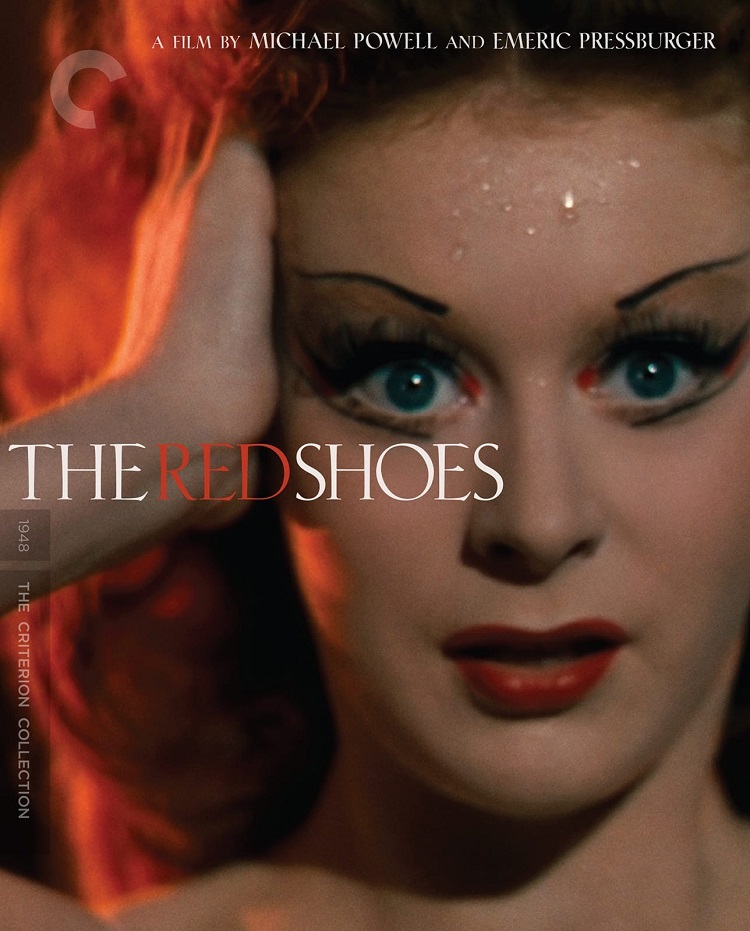
Michael Powell and Emeric Pressburger’s classic 1948 film treads a well-worn path of backstage drama at a stage production, but soars into indelible screen magic during the 15-minute performance of the central production. The story follows a rising ballerina named Victoria (Moira Shearer) and a brilliant young composer named Julian (Marius Goring) as they both strive for inclusion and prominence in famed producer Boris Lermontov’s (Anton Walbrook) ballet company. Along the way, they fall in love, leading to strife between each other and Lermontov as they choose whether to follow their hearts or their career aspirations. Pretty standard fare from a plot standpoint, especially given the film’s era, but it’s in the actual staging of Lermontov’s ballet that the film truly takes flight.
While Hollywood films would simply book the biggest screen stars of the day, this British film utilized seasoned ballet stars to lend incredible authenticity to the rehearsals and final performance. Rather than solely leaning on the strengths of those talented performers, Powell and Pressburger chose to present the ballet for the screen, not the stage, incorporating ethereal and breathtaking effects to create a seemingly impossible production that still dazzles today. It’s truly hard to take your eyes off the performance once it gets under way, and even more difficult to figure out how they managed to pull it off. Although the overall narrative is nothing special, those precious minutes of performance magnificence elevate the film to well-deserved classic status.
Bonus features include an introduction by Martin Scorsese where he discusses the restoration of the film and shows before and after examples. The restoration was particularly difficult due to the original film’s reliance on three individually colored prints in red, green, and blue, which were then combined to provide the full color image. This means that the restoration team had triple the initial work since they had to restore each of the prints, then even further work to get the three prints exactly aligned for the most precise picture, far superior to any original theatrical presentation. The end results are simply stunning, especially when compared to the highly compromised original elements.
The disc also has a unique feature that allows viewers to incorporate narration by Jeremy Irons into the film presentation, as based on a novelization of the film by Powell and Pressburger. Irons also contributes a reading of Hans Christian Andersen’s original fairy tale that served as the inspiration for the film. In addition to a collection of rare publicity stills and behind-the-scenes photos, the bonus features also include pictures of Scorsese’s own formidable treasure trove of memorabilia from the film, including a signed original script. The original storyboards are available for viewing as an alternate angle during the ballet sequence, allowing viewers to compare original concept to finished product. A lengthy documentary about the film includes interviews with members of the production team, and Powell’s widow is also interviewed for her recollections of her husband, the film, and the restoration process.